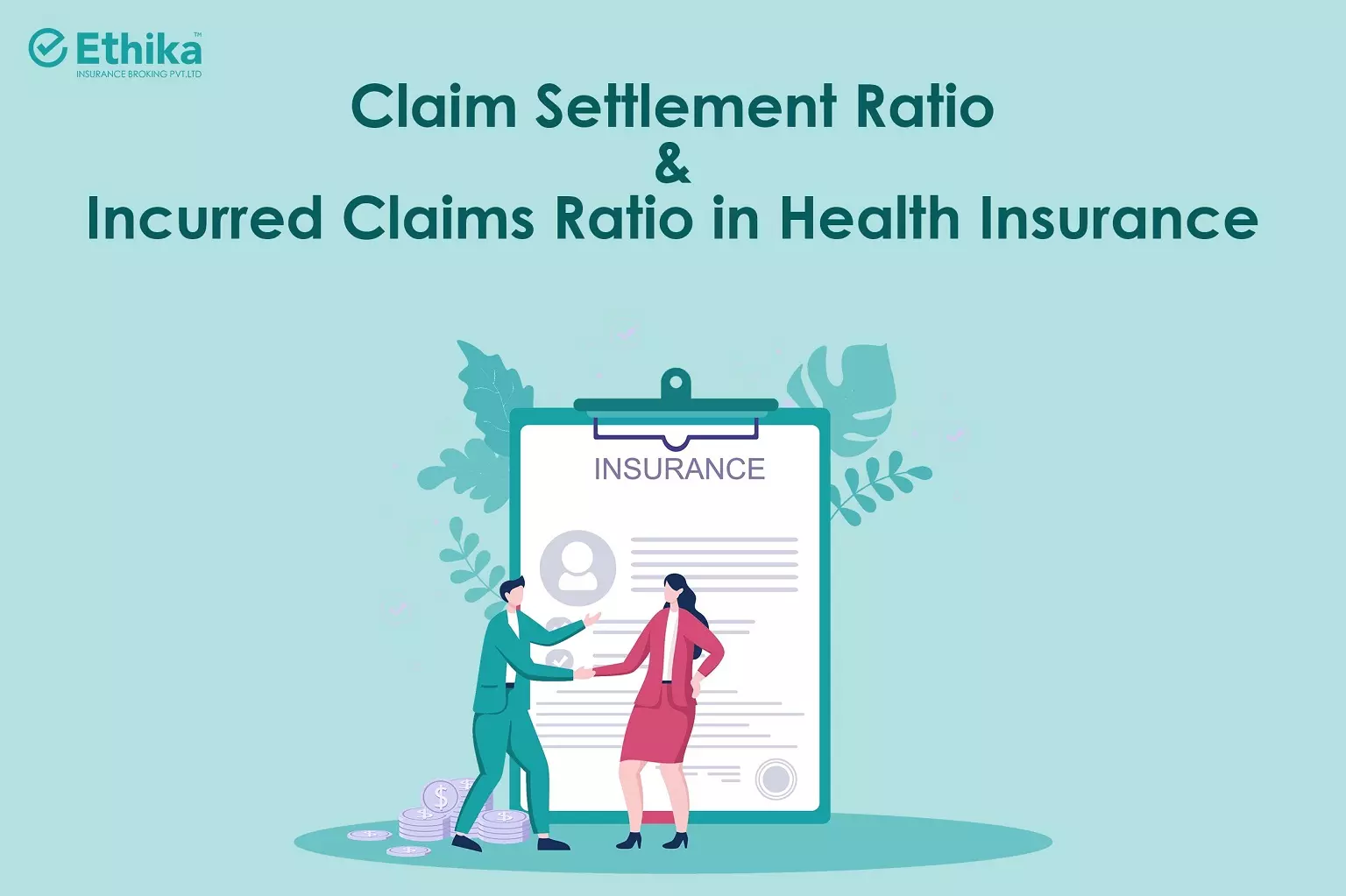
When selecting a health insurance policy, it’s crucial to look beyond the premium and consider metrics that indicate the insurer’s reliability and financial stability. The Claim Settlement Ratio (CSR) and Incurred Claim Ratio (ICR) are two such metrics that offer valuable insights. The Claim Settlement Ratio reveals the percentage of claims an insurer successfully settles, reflecting their commitment to policyholders.
On the other hand, the Incurred Claim Ratio indicates the proportion of premium revenue used to pay claims, providing a glimpse into the insurer’s financial health. However, relying solely on these ratios can be misleading. This article delves deeper into the significance of CSR and ICR, emphasizing the importance of considering additional factors like claim settlement timelines for a comprehensive evaluation.
What’s on this page?
Overview: Claim Settlement Ratio and Incurred Claim Ratio in Health Insurance
When it comes to buying health insurance, Claim Settlement Ratio and Incurred Claim Ratio (ICR) are two metrics you should closely consider. The Claim Settlement Ratio tells you how many claims an insurer has settled compared to the total received, a mark of their reliability. Meanwhile, ICR provides insight into an insurer’s financial health by showing the percentage of premium revenue spent on claims.However, each ratio alone can be misleading.
For example, a high Claim Settlement Ratio might hide inadequately settled claims or delayed payouts. The Incurred Claim Ratio shows financial balance but doesn’t guarantee quick claim processing. By looking at both ratios, along with Time-Bound Claim Settlement metrics, you’ll be better prepared to choose an insurer who values both customer service and financial responsibility.
What is Claim Settlement Ratio in Health Insurance?
The Claim Settlement Ratio (CSR) is a widely-used metric in health insurance, representing the percentage of claims an insurer has settled out of the total claims received over a specific period. For instance, if an insurer settles 95 out of 100 claims, its CSR is 95%. This ratio is often regarded as a trust indicator.
However, CSR alone can be misleading if some claims are closed inadequately or if only smaller claims are settled promptly to inflate the ratio. Therefore, it’s essential to consider the nature and size of settled claims along with the CSR when choosing a policy.
What is Incurred Claim Ratio (ICR) in Health Insurance?
The Incurred Claim Ratio (ICR) shows the percentage of premiums that an insurer pays out as claims in a given financial year. For example, an ICR of 80% means ₹80 is paid in claims for every ₹100 in premiums collected. This ratio is a key indicator of the insurer’s financial health and underwriting quality.
An ICR in the range of 50% to 100% suggests profitability and stable operations. If ICR exceeds 100%, it may signal financial strain, often leading to premium hikes. However, the ICR doesn’t account for the speed of claim settlements, which may impact customer experience. Therefore, ICR alone doesn’t fully reflect an insurer’s customer service performance.
How to Choose the Best Indicator for Health Insurance
When choosing health insurance, don’t rely solely on Claim Settlement Ratio or Incurred Claim Ratio. Both ratios have limitations, especially in terms of timeliness. The Insurance Regulatory and Development Authority of India (IRDAI) addresses this through its Status of Claims data, which highlights the time-bound nature of claim settlements. This metric reveals how quickly an insurer pays claims, adding depth to CSR and ICR insights.
Aging in claims
IRDAI’s annual report includes a Status of Claims section that sheds light on claim settlement timelines, allowing consumers to gauge an insurer’s efficiency and overall service quality. Here are the key elements to consider:
- Claims Outstanding at the Start: These are claims carried forward from previous years, indicating backlog or delayed settlements.
- New Claims Filed During the Year: Represents claims registered within the current financial year, showing the volume of new claim requests.
- Claims Paid: The total number of claims settled during the year, reflecting the insurer’s actual payout performance.
- Claims Repudiated: Claims that have been denied, which can raise concerns about the insurer’s claim acceptance practices.
- Outstanding Claims at Year-End: These pending claims are carried over into the next financial year, potentially affecting upcoming claim ratios.
- Age Analysis of Settled Claims: This breakdown shows the time taken to settle claims, categorized by intervals like <3 months, 3-6 months, and beyond. A higher number of claims settled within shorter periods, especially under 3 months, signifies the insurer’s responsiveness and commitment to timely claim processing.
When evaluating health insurers, look for those with high settlement rates in the earliest time brackets (<3 months). A strong showing in these intervals, known as aging in claims, highlights insurers that prioritize quick, efficient claim handling, ensuring timely support when you need it most.
Conclusion
In choosing health insurance, Claim Settlement Ratio, Incurred Claim Ratio, and Time-Bound Claims Data offer complementary insights. While CSR and ICR provide basic reliability and financial data, the time-bound analysis reveals true service efficiency. By considering all three aspects, you can make an informed choice, ensuring peace of mind and timely support when you need it most.
FAQs
1. What is an ideal Claim Settlement Ratio?
A CSR above 90% is generally favorable, but make sure to check for full claim payments versus partial closures.
2. How is Incurred Claim Ratio different from Claim Settlement Ratio?
CSR measures the number of claims settled, while ICR represents the percentage of premium used for claim payouts, reflecting financial health.
3. Should I prioritize CSR or ICR when buying health insurance?
Ideally, consider both ratios alongside time-bound claim data to get a complete view of an insurer’s reliability and financial standing.
4. Where can I find an insurer’s Claim Settlement Ratio and Incurred Claim Ratio?
These ratios are available on insurers’ websites and in the IRDAI’s annual report.